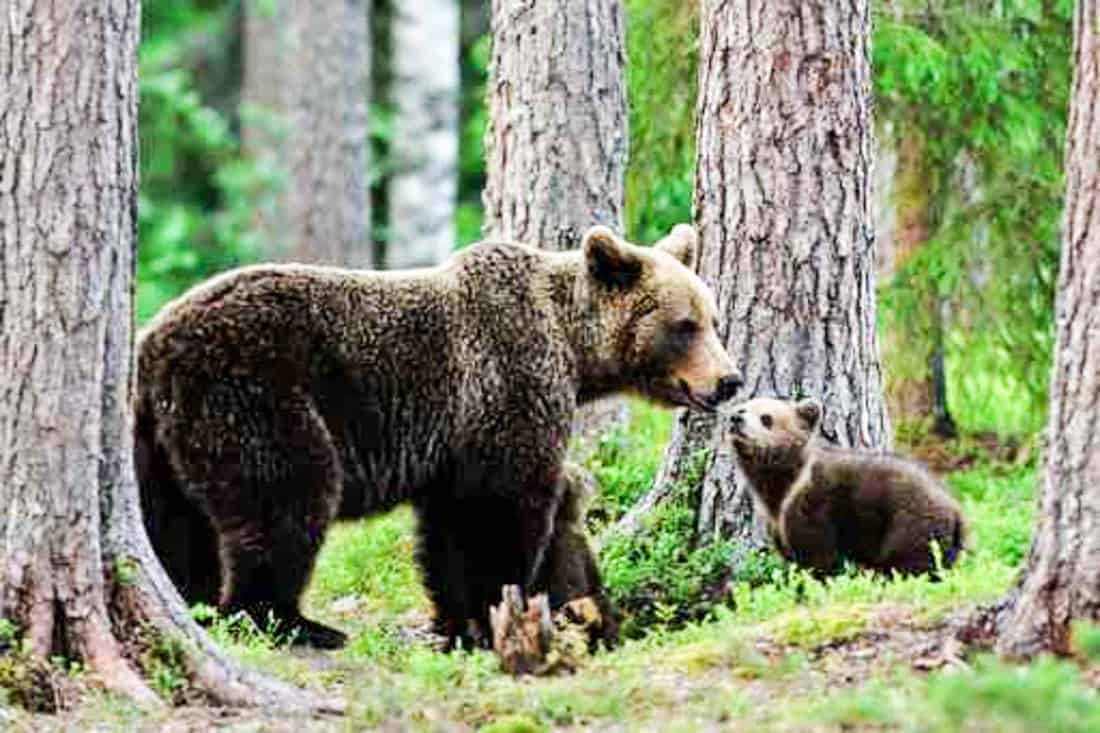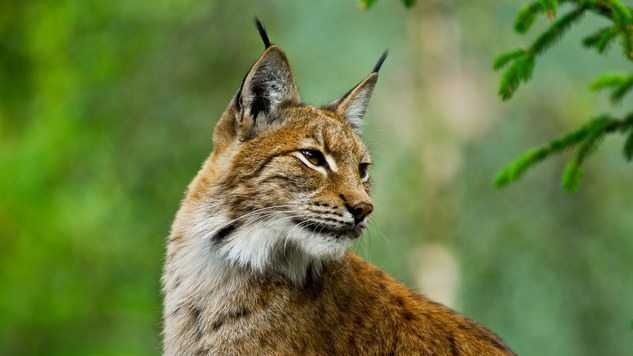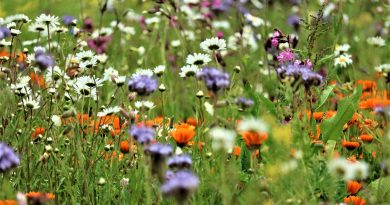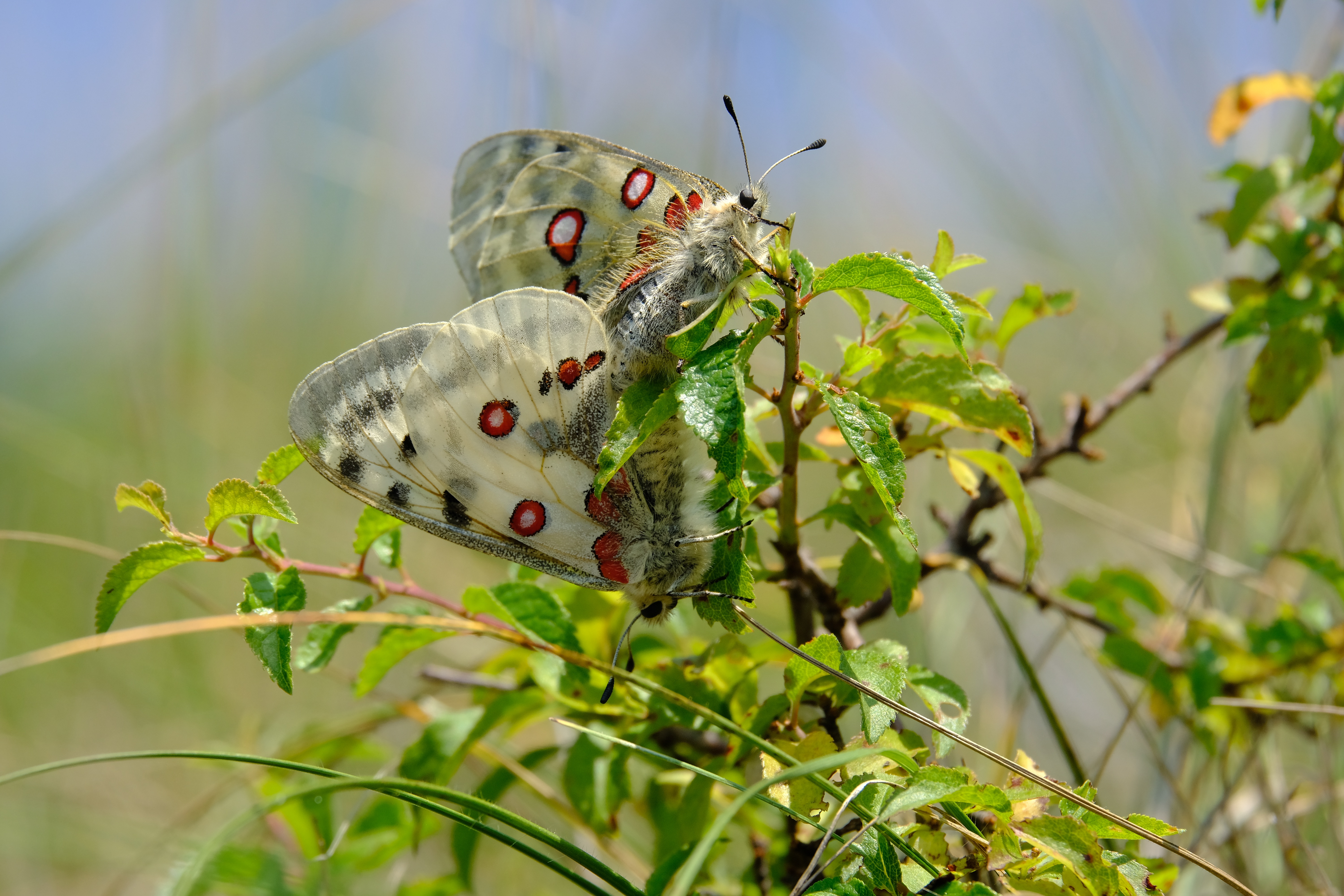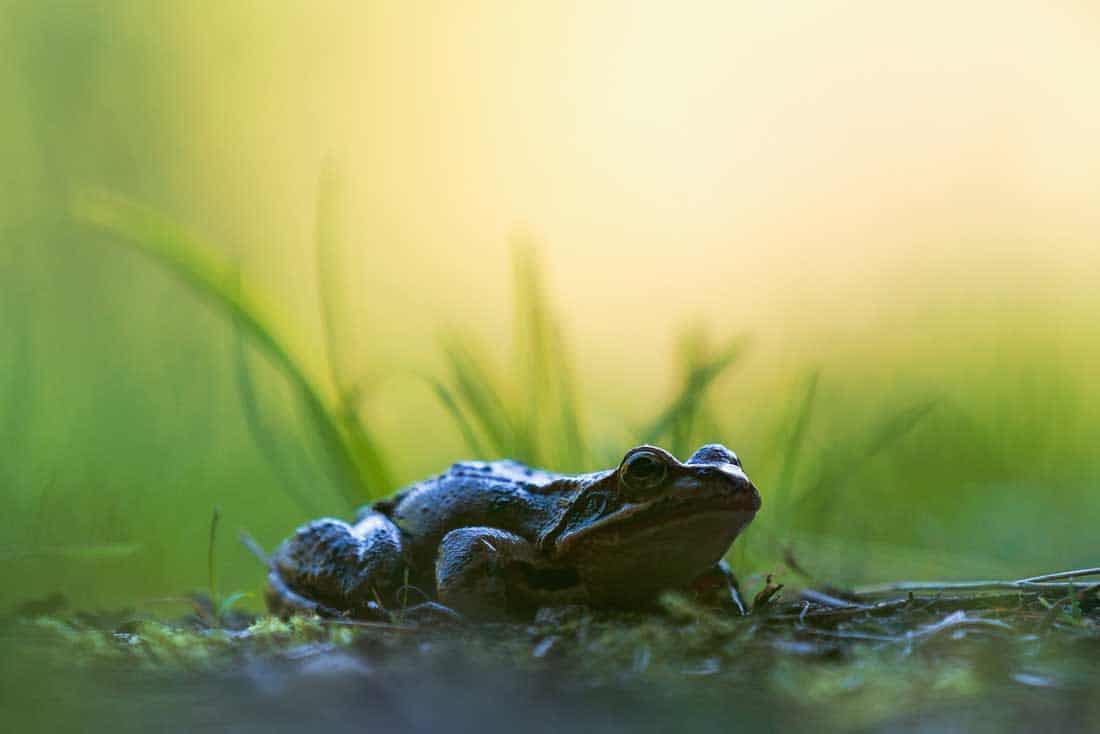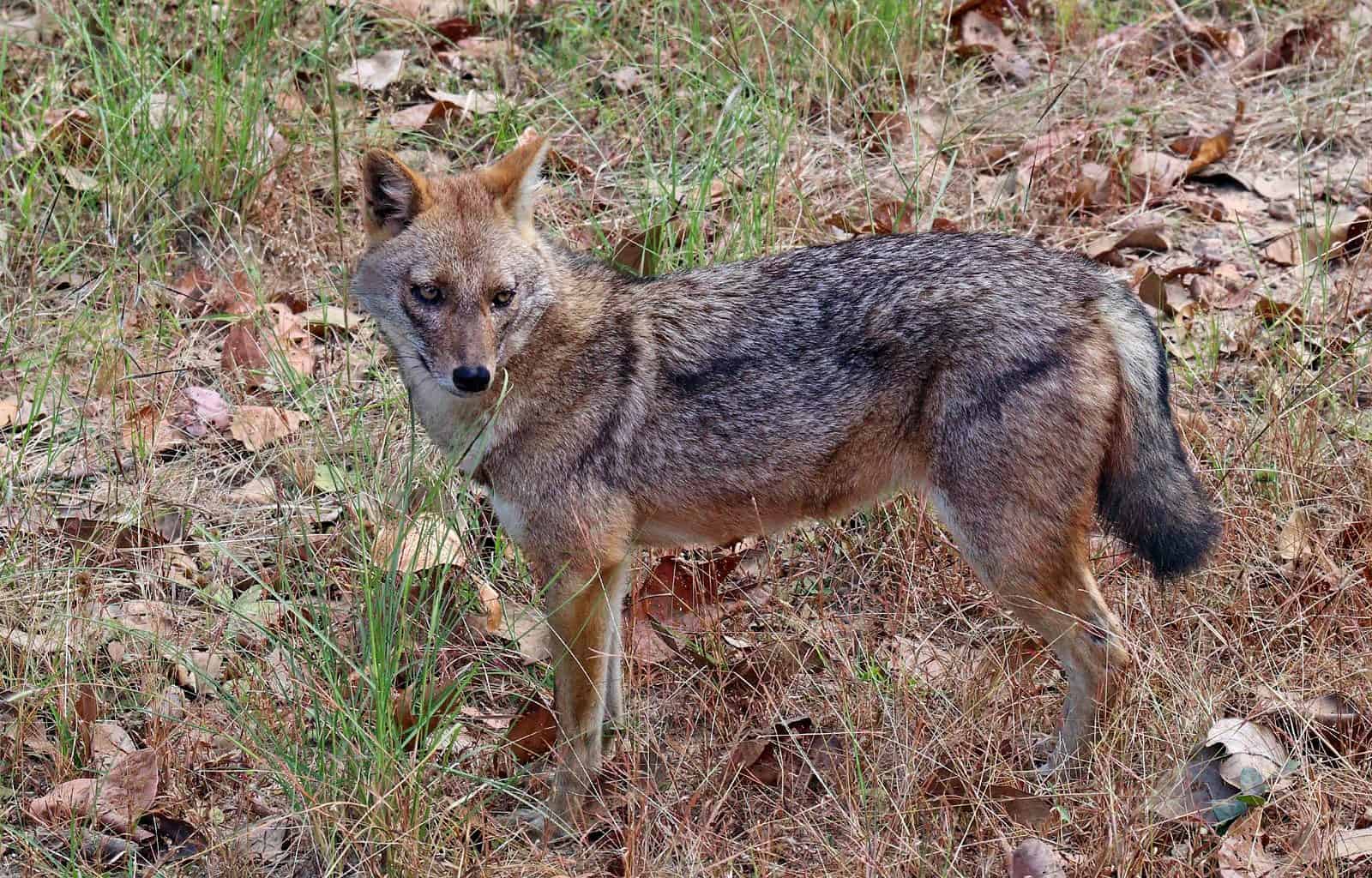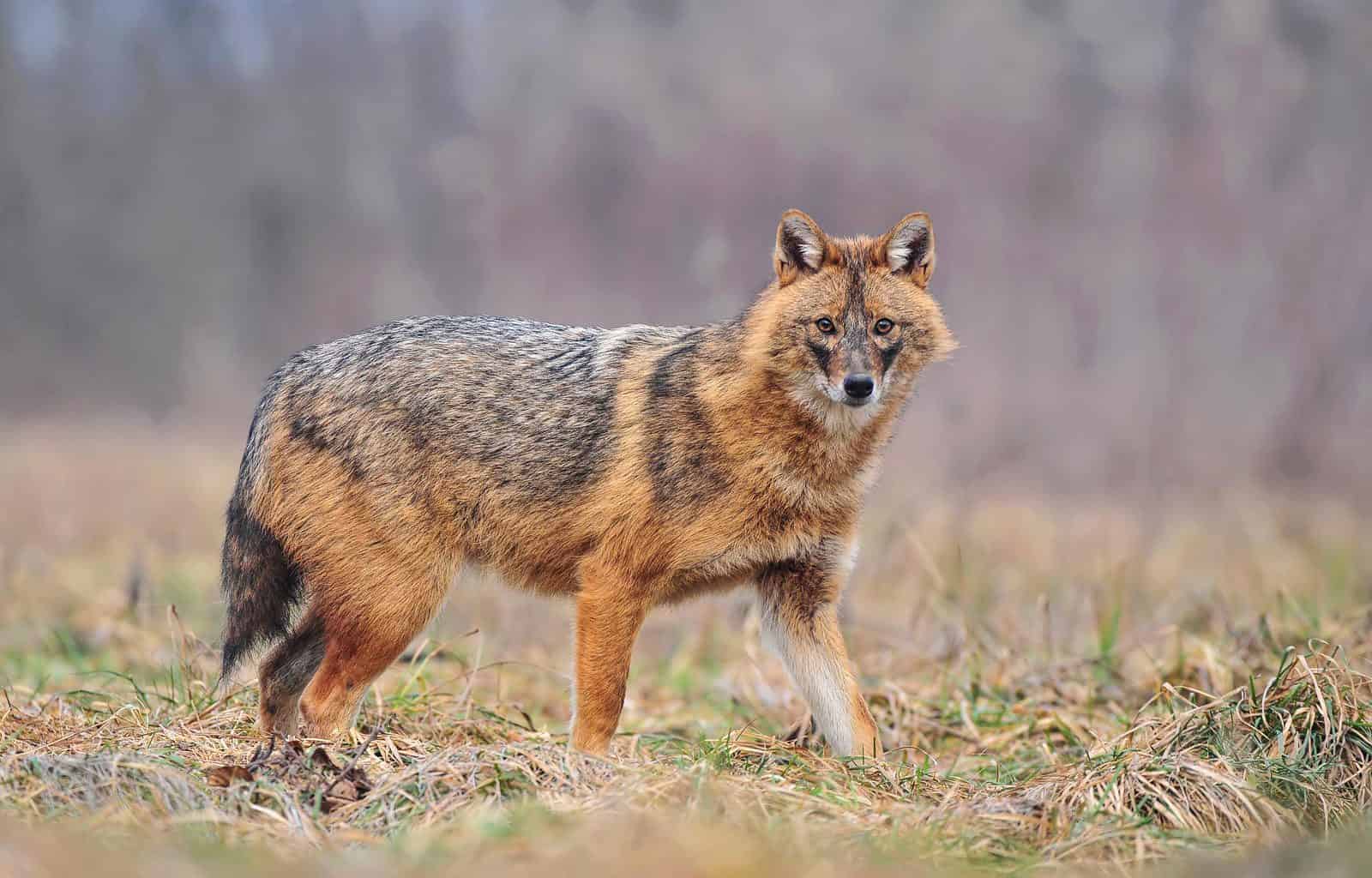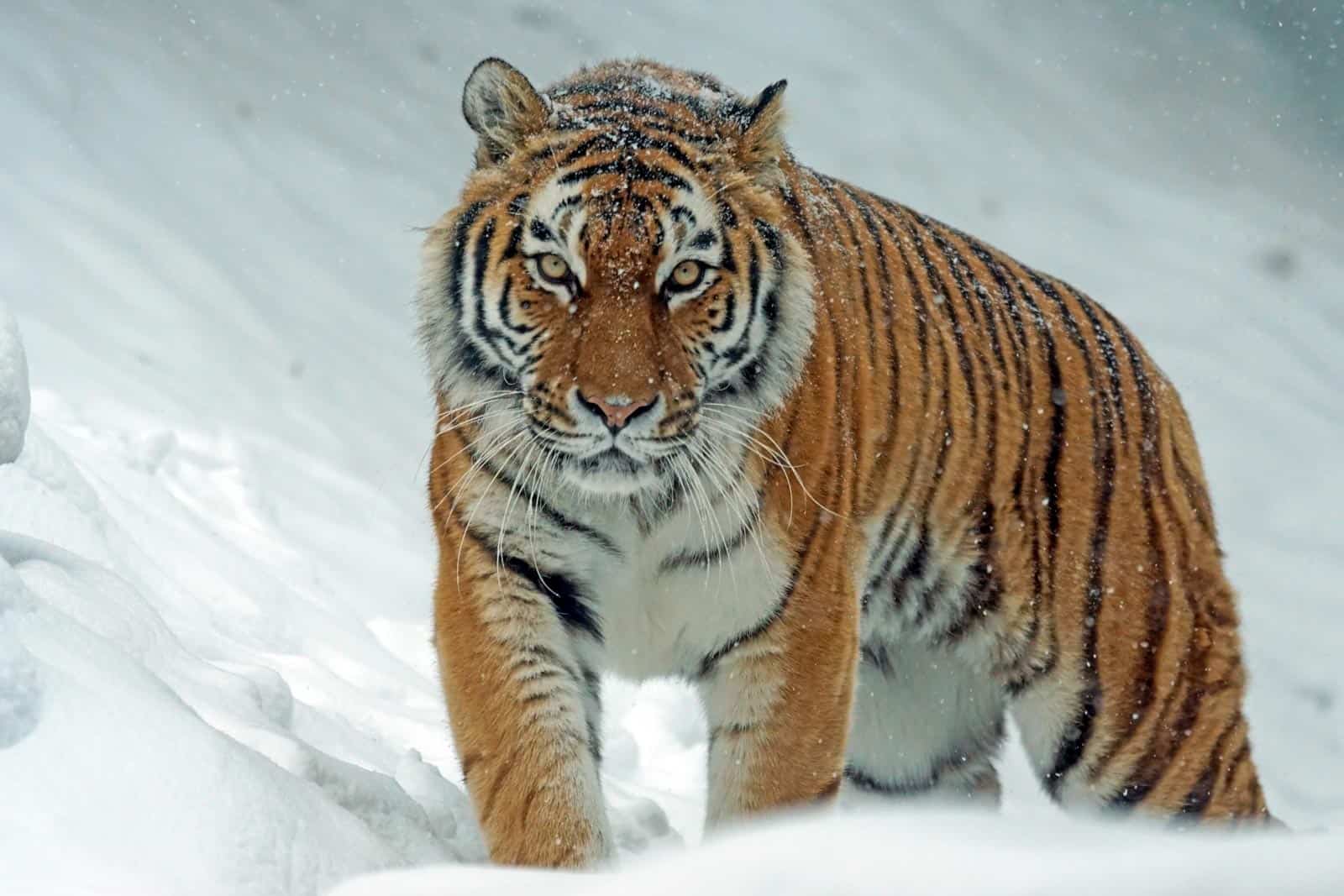The Bear in Abruzzo
In the Abruzzo region, Italy, the European Nature trust is supporting the expansion of the brown bear population. The bears have a large socioeconomic value for the region.
The Apennine Mountains run along the Italian peninsula, just down the middle of the boot. They contain many intact, untouched ecosystems and therefore also very diverse wildlife species. In many areas, very old and large beech forests cover the mountains. The Mariscan brown bear is an endemic subspecies to this region. It finds its prey in the large forests and hunts deer, wild boars or other wild forest inhabitants.
Efforts for Rewilding
In Abruzzo, especially in the Apennine Mountains, rewilding efforts are taking place. This also includes the conservation of the Mariscan brown bear. Of course, rewilding also always includes possible conflicts with humans, so human-wildlife coexistence needs to be taken into consideration.
Citizen Science
To reduce hostile encounters between bears and humans in the Apennines, an initiative has been introduced by Rewilding Apennines and Salviamo l’Orso (Let’s Save the Bear) to include citizens or inhabitants of the region to contribute to a study. The study aims at mapping the bears’ habitats and their distribution. It includes bears in the regions between the National Park of Abruzzo, Lazio and Molise, the Regional Park Sirente Velino and the Regional Nature Reserve Monte Genzana Alto Gizio.
The result is a map that evidences critical topics and critical areas for coexistence. The study does not only include the bears’ needs, but also takes into consideration the local community and their viewpoint. Usually, when it comes to coexistence of human-wildlife, the discussion is quite one-sided and only considers one point of view, i.e. either the human side or the wildlife side. Moreover, instead of focussing on coexisting the discussions focus on conflicting. Paula Mayer’s study in Italy is trying to counteract this and create one whole picture with both sides.
Today, human-wildlife coexistence is one of the major challenges of conservation efforts. Only through public support could the bear, like other endangered species, regain territory and be saved from extinction.
The Bear as Tourist Attraction
The study, through expert interviews and interviews to locals as well as monitored bear movements, could conclude that in the south regions, i.e. National Park of Abruzzo, Molise and Lazio, the bear’s existence there is seen positively. This is also because in those regions it is famous as a tourist attraction and therefore generates a lot of socioeconomic advantages for the communities. There, the bear is seen as ecological resource.
Factors that Influence Coexistence
Of course, there are many different factors that influence human-bear coexistence, and for each region in the study, these factors have to be assessed individually.
As described, in the south the bear is seen positively as it brings economic advantages to the region. One of the factors that influence how the bear is seen in other areas is the accessibility of the forests by the local communities, for example. Another one is the possibility of getting compensation if the bear should do damage. In the north of the study areas, bear habitats are used for hunting, collecting mushrooms and agricultural activities. In such areas, the coexistence of humans and bears can of course be more challenging.
Conclusion
With a growing population of large carnivores not only in Italy but all across Europe, coexisting with these animals is getting more and more challenging. Humans want to keep using nature as they always did and are used to, and so do bears (or wolves or other large carnivores). The study conducted in Abruzzo also researched the most efficient measures for coexisting peacefully. The most needed and effective one is informing tourists and breeders about the existence of bears and promoting an information campaign. Moreover, securing streets (to avoid car incidents with bears) and monitoring the bear population is of great help when it comes to coexistence.

